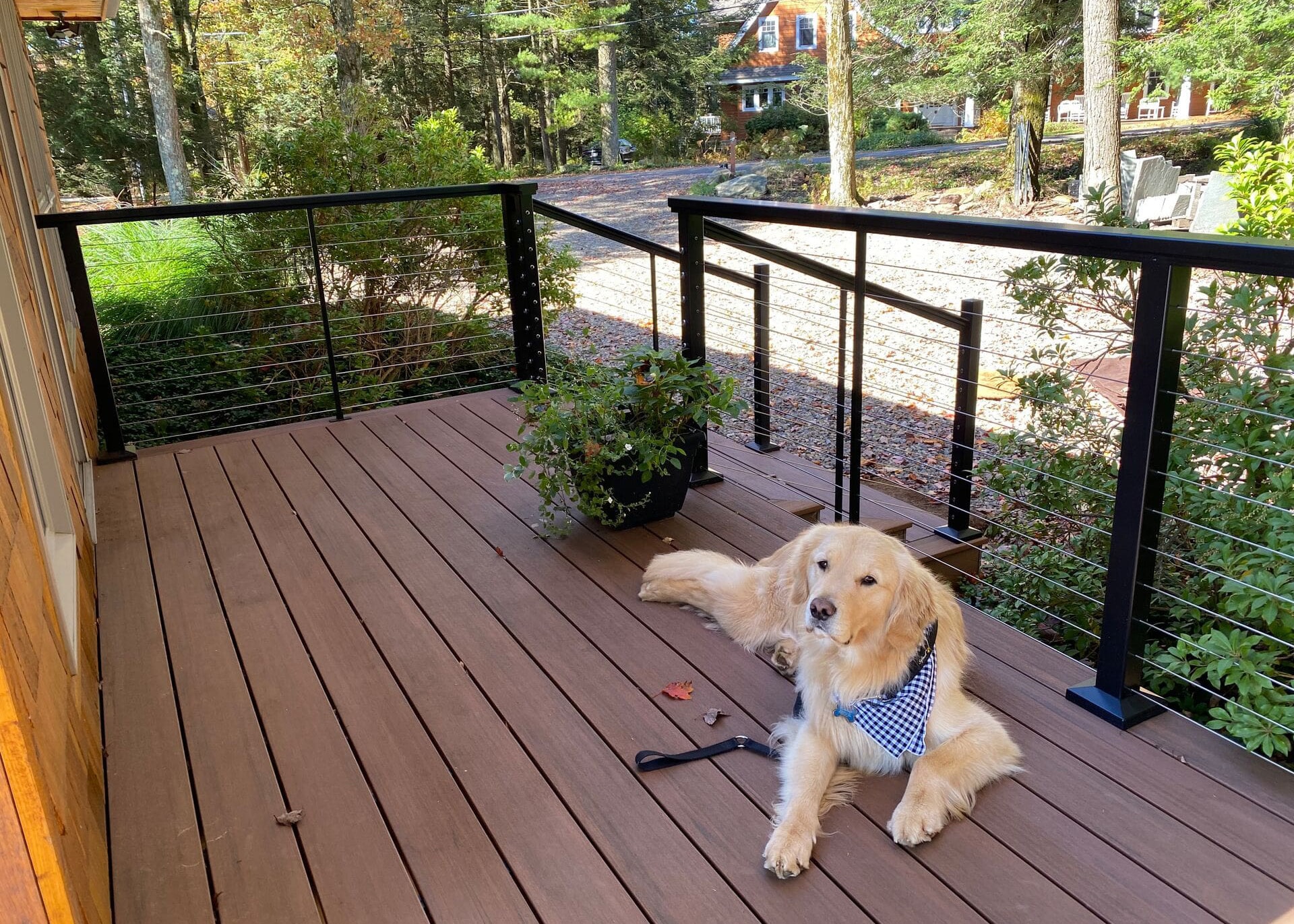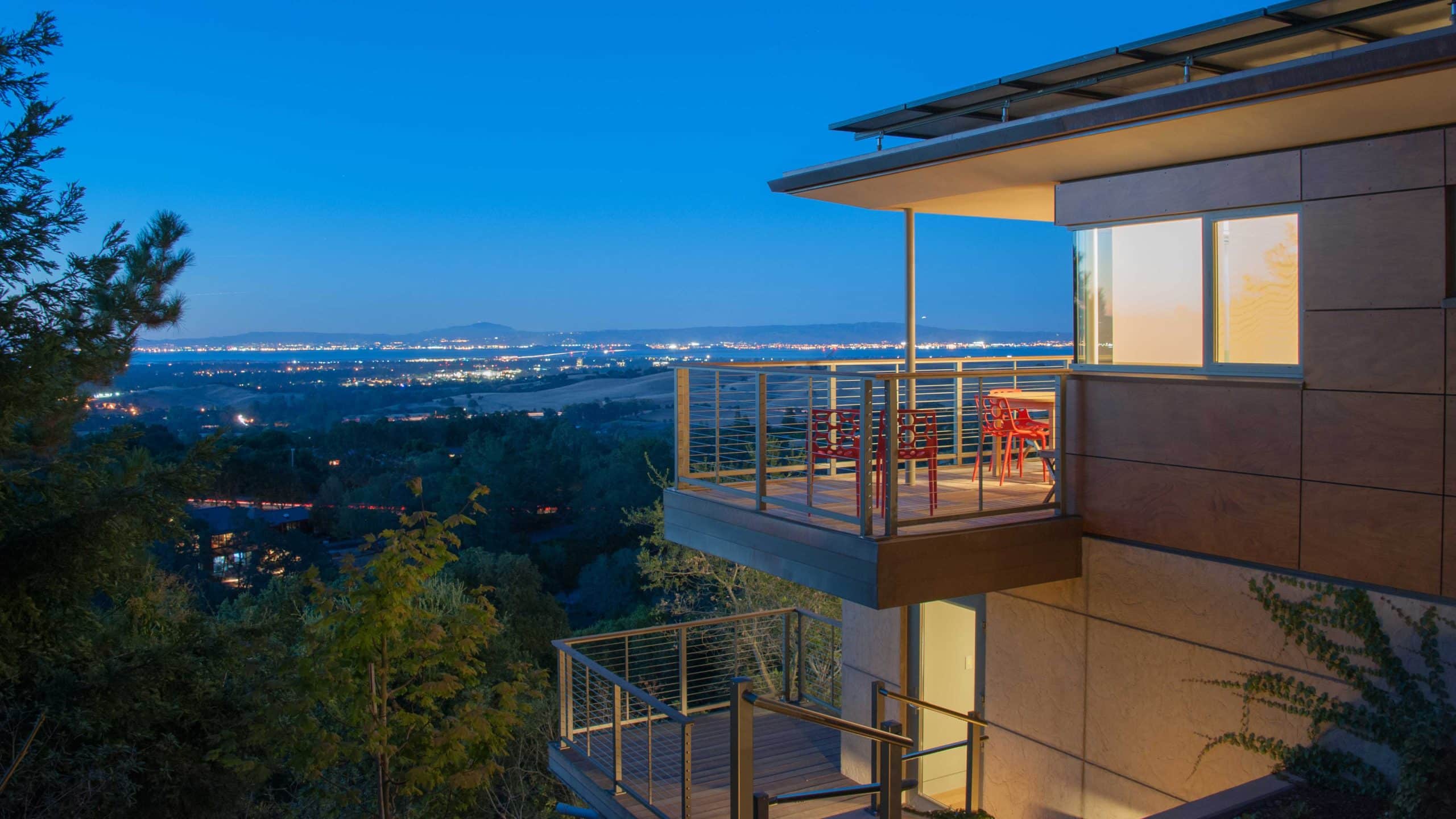Homeowners rely heavily on their contractors to help them decide what is best for their homes. They trust contractors’ recommendations as industry experts and expect them to help identify their needs and provide insightful information about products and services to address them.
When clients are looking to upgrade their deck railings, they will require that same level of service that champions clear communication, extensive product knowledge, and the ability to identify possible enhancements to elevate the look of the project.
Following are some tips for helping clients select the best deck railings for their needs and budget.
Communication is Key
Start by assessing your client’s needs and ask them questions about their project. The most important thing is determining the budget. Find out the price range your client is comfortable with to help you better frame expectations throughout the sales process. Additionally, contractors should ask about the timeline for the project and when the client needs it completed.
Then, work with your client to identify who will use the deck. They may want to consider different options depending on their household needs. For example, if they have small children or pets, security of the structure may be a crucial factor, and gates may be necessary. Also, contractors should implement safety measures that help prevent accidents and injuries if older adults live in or frequent the home. You will want to inform them about how these aspects might impact the decision-making process when selecting materials for deck railings.
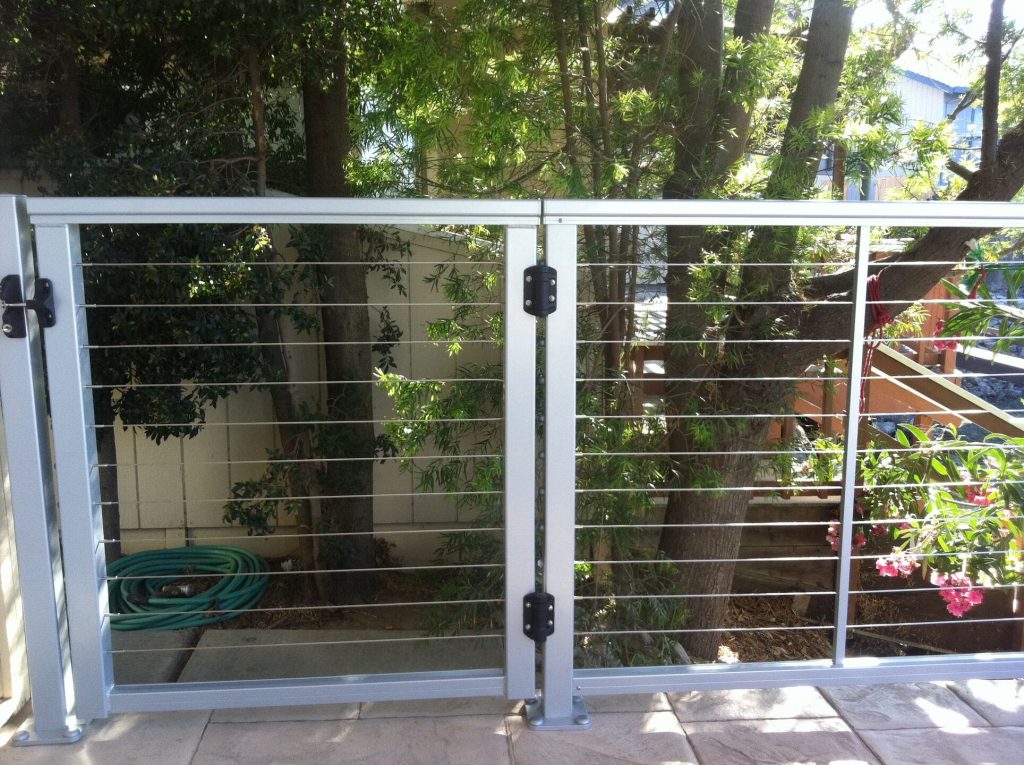
Next, you will want to figure out how the homeowner wants to use the deck. Will it be used for lounging and enjoying the scenery, entertaining guests, or both? Then you’ll want to ask how they want the space to function. Are they looking to preserve and enhance the view or add an element of privacy? These questions will help you make appropriate recommendations during the planning process.
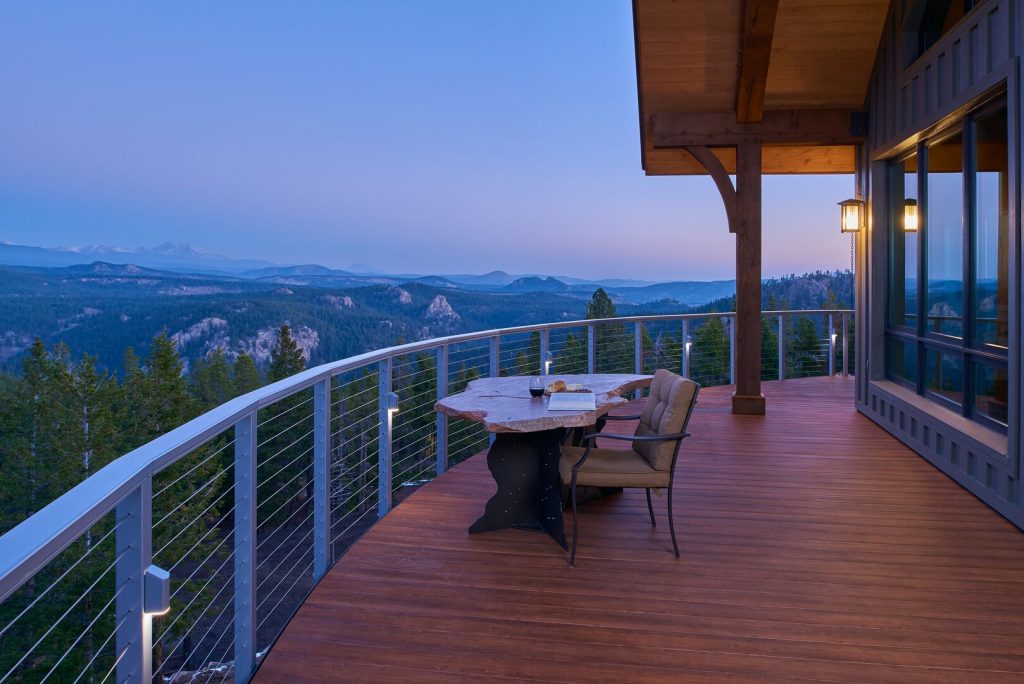
Finally, contractors need to get a sense of their client’s style and vision for how they want their deck space to look. This is a good time to discuss color schemes for the project, like finding out if the homeowner would like the railings to match the deck, or complement the siding or trim features on the home’s exterior. Or maybe they would prefer to add a pop of color to create an eye-catching contrast in the design. Also, ask if they expect the railings to coordinate with the home’s interior or exterior hardware. And whether they prefer a minimalist, clean-lined appearance, or a patterned look.
It may also be helpful to ask the homeowner to share photos of what they like or dislike in certain deck designs. Contractors can supply before and after images of past projects to give clients ideas and inspiration for their project. Manufacturers may also have photos of completed projects on their website that can be used as inspiration.
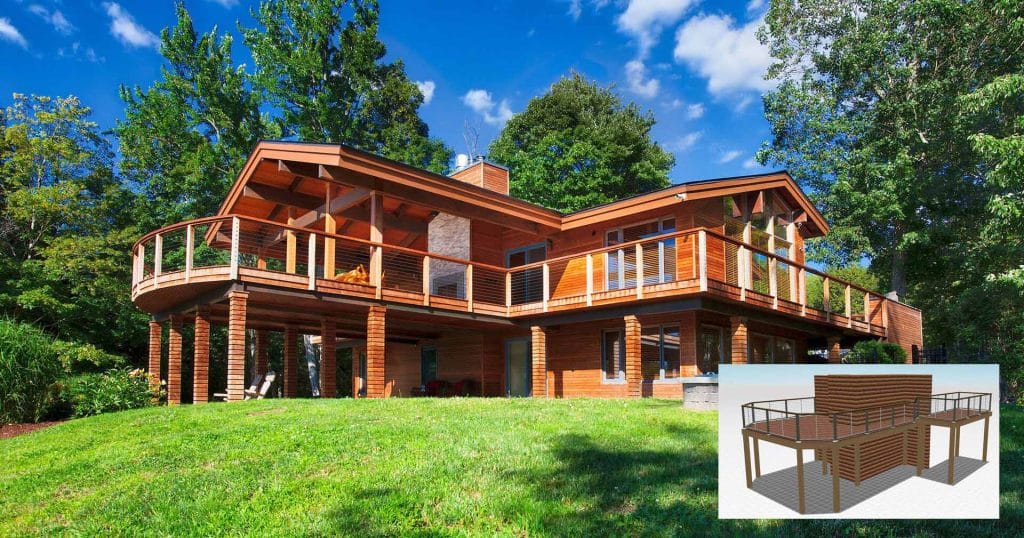
Utilize Your Tools
Once contractors understand the client’s desires for the project, they can offer valuable insights about their options. When contractors are knowledgeable about Feeney’s products and the offerings of its competitors, this will help to foster trust in the client/contractor relationship.
During this process, refrain from discussing the competition in a negative light. Instead, highlight the features, benefits and capabilities of the various products available. Use an educational approach to inform the homeowner about the full range of options available while being mindful of their budget and goals.

After the visual details are ironed out, contractors can provide homeowners with a more accurate picture of the specific application with Feeney’s VisualBuilder. Be prepared to include approximate install pricing per linear foot for the various material categories – i.e., wood, vinyl, aluminum, composite and cable railing, to offer the client a realistic cost breakdown.
Additionally, contractors must consider the location of the home. Environmental factors could play a part in determining which materials are best to use. For example, if the project is in a coastal community, the saltwater will cause metal to corrode, meaning the client would have fewer material options. Feeney’s DesignRail® aluminum railing system with CableRail is a good option for these types of projects, as the railings are highly durable and resistant to the elements. It’s important to note that harsh environments may require additional accessories and more frequent maintenance to maintain the beauty of the railings.
Also, building codes can vary from one area to the next. Contractors need to ensure they have the most up-to-date requirements before starting a project to minimize the chance for costly mistakes.
Maximize the Sale
After establishing a baseline of the client’s needs, it is easier to find ways to upsell them with items that further enhance the appearance of the project. Contractors should be familiar with the upgrade options available at every material price point and offer suggestions based on budgetary constraints. You can offer upgrade items like DesignRail® LED Rail Lighting and Post Accent Lights. Or help them figure out the best value options for their specific needs. For example, you could supply a cost comparison between opting for a cable rail kit instead of bulk cabling to demonstrate how other options can accommodate the budget.
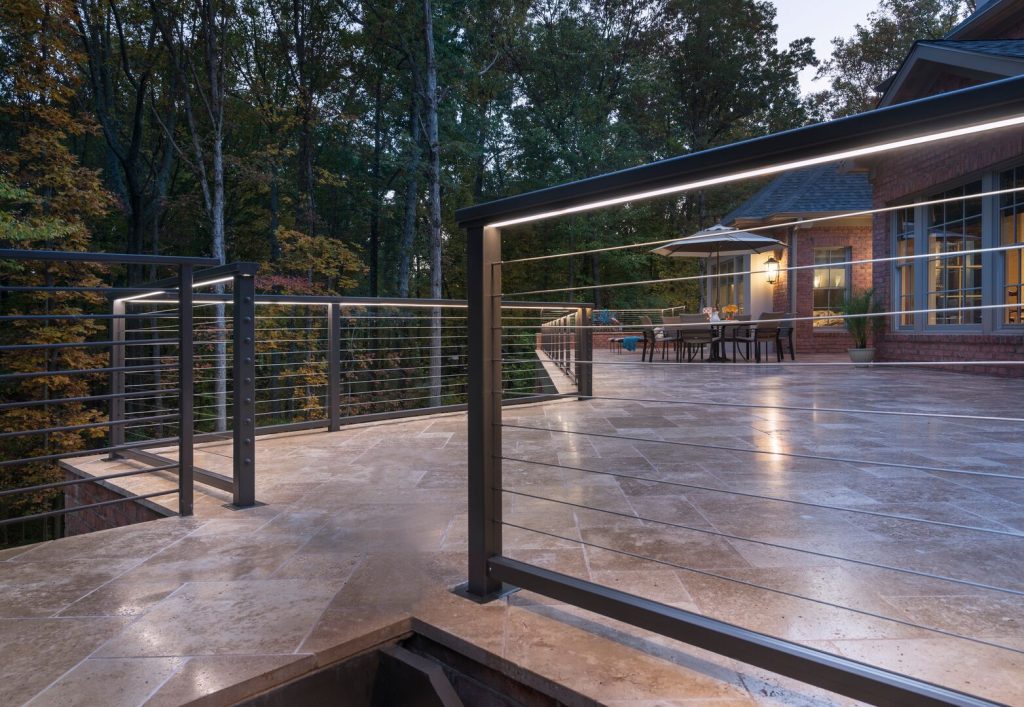
At the end of the day, the more knowledgeable the contractor is about the products they are recommending, the more confidence they will have while executing the sale. Contractors can assist homeowners in selecting the best deck railings for their situation by establishing open communication about the project and assessing the client’s needs upfront. It’s also important to tap into product knowledge, including leaning into manufacturers for training and regular product and industry updates to stay on top of trends. And to find ways to upsell by offering enhancements. These steps will help contractors make well-informed recommendations for the design – helping to deliver an outdoor living project that shines.

